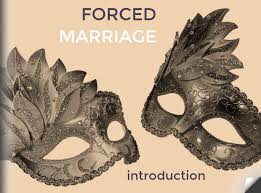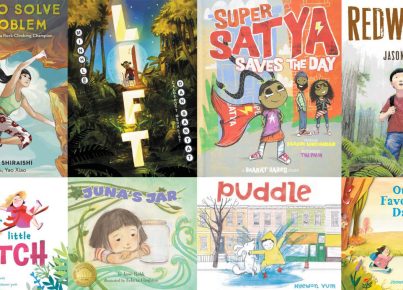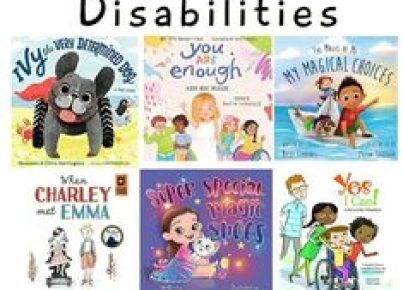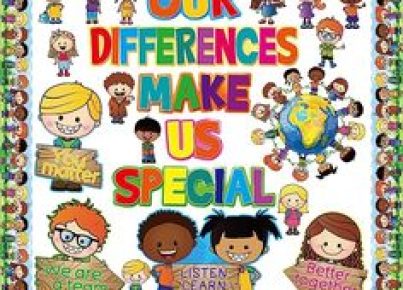Introduction
Forced marriage is a pressing global issue that violates the fundamental human rights of individuals, most often women and children. It robs them of their autonomy and self-determination, leading to numerous harmful consequences on their physical, psychological, and social well-being. This article delves into a case study on forced marriage to better understand its implications.
The Case Study
A 16-year-old girl named Amina, hailing from a small rural village in Africa, became a victim of forced marriage. Amina had aspirations to continue her education and become a nurse. However, her parents arranged her marriage to a 40-year-old man in the community who offered a substantial bride price for her hand.
Amina’s protests were ignored by her family, and she was forcibly married off against her will. Her bondage began when she was obligated to leave school and move in with her husband.
Physical Consequences
Forced marriage often results in adverse physical outcomes for the affected individuals. In Amina’s case, she experienced malnutrition due to increased household responsibilities and lack of resources provided by her new family. Forced into early motherhood, her body was unprepared for pregnancy and childbirth – leading to complications that resulted in a fistula, requiring surgery and prolonged recovery.
Psychological Impact
The psychological damage caused by forced marriages can be immense. In Amina’s case, besides grappling with the loss of autonomy in her life choices, she suffered through feelings of isolation, sadness, anxiety, and depression. The lack of emotional support from her husband worsened these conditions and further eroded their relationship.
Social Implications
Amina’s education was abruptly halted due to the enforced marriage. This not only negatively impacted her future economic prospects but also limited her access to information on health care and family planning services.
Furthermore, social stigmatization followed Amina as some villagers made derogatory remarks about her fistula. She was labeled as a social outcast, which further limited her support system within the community.
Taking Action
Recognizing that it was crucial to regain control of her life and help others in similar predicaments, Amina managed to escape with the help of local activists and seek treatment for her injuries. Once rehabilitated, Amina began advocating for women’s education and against forced marriage in her community. Her activism brought much-needed awareness to the issue.
Conclusion
Amina’s harrowing experience exemplifies the devastating impact that forced marriage can have on its victims. Tackling the issue requires extensive collaborative efforts from governments, non-profit organizations, communities, and individuals to eradicate this violation of human rights. By empowering girls with education, supporting gender equality initiatives, and raising awareness on forced marriage, we can work towards ensuring a future where every individual has the right to shape their destiny.





